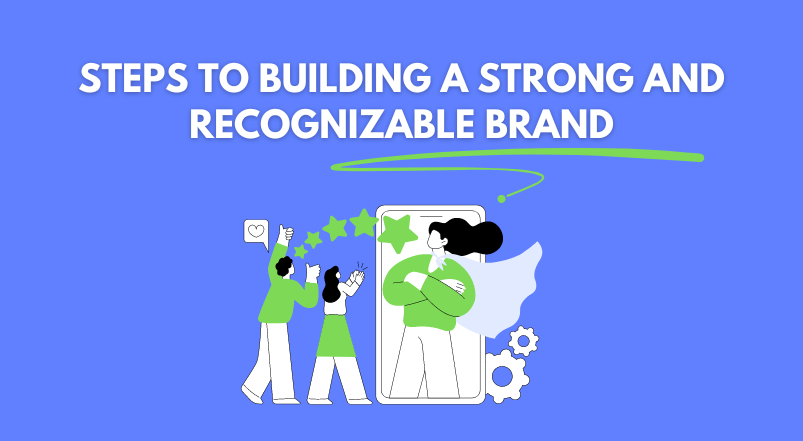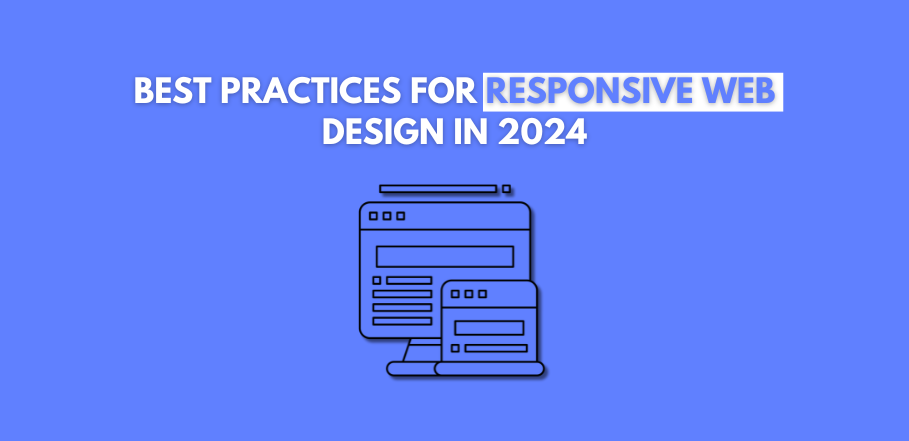
How to Use Social Media for Effective Brand Building?
Social media has become a powerful tool for brand building, allowing businesses to connect with their audience, increase brand awareness, and foster customer loyalty. You need a strategic approach that aligns with your brand goals to leverage social media effectively. Here are the steps to using social media for effective brand building.
1. Define Your Brand on Social Media
Consistency is key in brand building, so ensure your brand is clearly defined across all social media platforms.
- Brand Voice and Tone: Establish a consistent brand voice and tone that reflects your brand’s personality and values.
- Visual Identity: Use consistent colors, logos, and imagery that align with your brand’s visual identity.
- Brand Story: Share your brand story to connect with your audience on a deeper level and make your brand more relatable.
2. Choose the Right Platforms
Not all social media platforms are created equal. Select the platforms that best align with your target audience and brand objectives.
- Audience Research: Identify where your target audience spends their time online.
- Platform Strengths: Choose platforms based on their strengths. For example, Instagram and Pinterest are ideal for visually appealing brands, while LinkedIn is better for B2B companies.
- Resource Allocation: Focus your efforts on a few key platforms to maximize impact rather than spreading yourself too thin.
3. Create Engaging Content
Content is at the heart of social media brand building. Create content that resonates with your audience and encourages engagement.
- Content Mix: Use a mix of content types such as images, videos, stories, and live streams to keep your audience engaged.
- User-Generated Content: Encourage your audience to create and share content about your brand. This builds community and trust.
- Storytelling: Use storytelling techniques to make your content more compelling and memorable.
4. Engage with Your Audience
Engagement is crucial for building relationships and fostering loyalty.
- Respond to Comments: Always respond to comments and messages in a timely manner to show that you value your audience’s input.
- Ask Questions: Encourage interaction by asking questions and starting conversations.
- Host Live Events: Use live streams to engage with your audience in real time, answer questions, and provide behind-the-scenes insights.
5. Leverage Influencer Partnerships
Collaborating with influencers can amplify your reach and lend credibility to your brand.
- Identify Relevant Influencers: Choose influencers whose audience aligns with your target market and who share your brand values.
- Authentic Partnerships: Build authentic relationships with influencers to create genuine and impactful collaborations.
- Measure Impact: Track the performance of influencer partnerships to understand their impact on brand awareness and engagement.
6. Run Targeted Ad Campaigns
Social media advertising allows you to reach a broader audience and drive specific actions.
- Define Goals: Set clear objectives for your ad campaigns, such as increasing brand awareness, driving traffic, or boosting sales.
- Targeting Options: Use advanced targeting options to reach the right audience based on demographics, interests, and behaviors.
- Creative Content: Develop visually appealing and compelling ad creatives that capture attention and convey your brand message.
7. Monitor and Analyze Performance
Regularly tracking and analyzing your social media performance helps you understand what works and where to improve.
- Key Metrics: Monitor key metrics such as engagement rate, reach, impressions, and conversion rate.
- Analytics Tools: Use built-in platform analytics tools and third-party tools to gain insights into your performance.
- Adjust Strategies: Continuously refine your social media strategies based on performance data and evolving trends.
8. Stay Updated with Trends
Social media is constantly evolving, so staying updated with the latest trends is essential for staying relevant.
- Trend Research: Regularly research and follow social media trends that are relevant to your industry.
- Experimentation: Be open to experimenting with new features and content formats.
- Adaptability: Quickly adapt your strategies to incorporate new trends and maintain audience interest.
Conclusion
Using social media for effective brand building requires a strategic approach that involves defining your brand, choosing the right platforms, creating engaging content, engaging with your audience, leveraging influencer partnerships, running targeted ad campaigns, monitoring performance, and staying updated with trends. By following these steps, you can harness the power of social media to build a strong, recognizable, and engaging brand. At EZ Brand Builders, we are dedicated to helping you navigate the complexities of social media and create a robust online presence. Embrace these strategies to elevate your brand and connect with your audience in meaningful ways.







